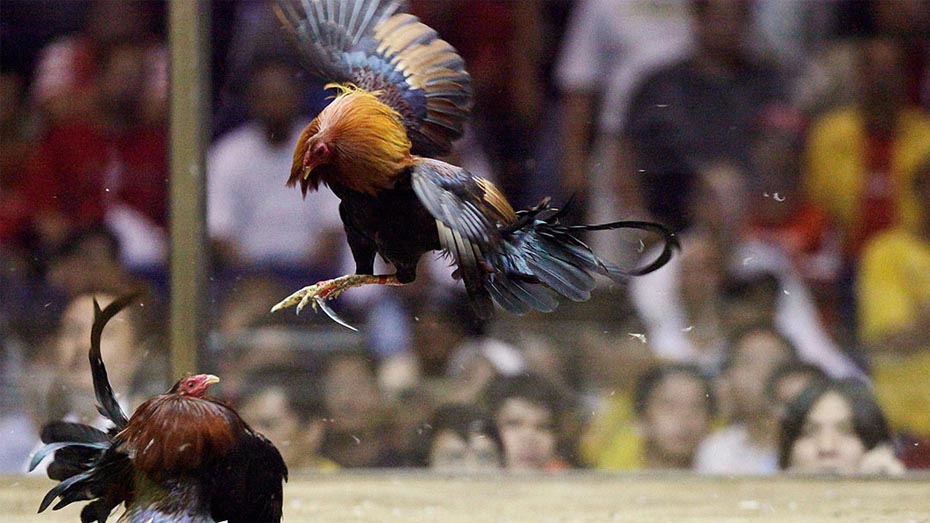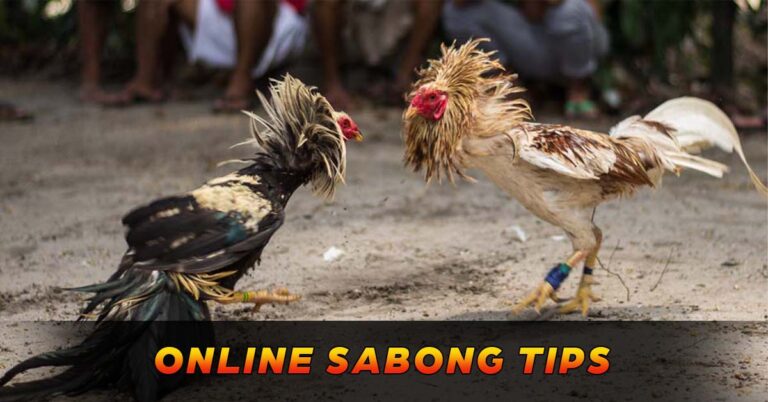Best Sabong Breeds | Learn the Champion Bloodlines in Online Sabong
Do you aspire to breed strong fighting cocks? If you’re into raising champions in cockfighting, you should invest in the best gamefowl breeds. Like other animals, some gamefowl breeds have a higher chance of winning in close battles in the cockfighting arena.
If you’re a cockfighter, here are the top gamefowl breeds that can aid you in winning cockfights

Choosing the Right Fighting Rooster Breed
In the world of animal husbandry, including dogs, cats, birds, and horses, different breeds exist, and the same goes for fighting cocks. These breeds come in various varieties, families, or lines. Our focus here is to outline the characteristics of the best fighting rooster breeds.

Many sabungeros (individuals involved in cockfighting) often ask, “What are the best fighting rooster breeds?”Answering this question might appear simple, but it’s quite complex. The outcome depends on various external factors such as diet, surroundings, supplements for fighting roosters, training, and preparation – factors beyond just their genetics or lineage.
According to experts, there isn’t a perfect gamefowl breed or a definitive best fighting rooster. However, there are many roosters from exceptional families that, with dedication and effort, can transform into excellent fighting cocks.
American Gamefowl: Top Breeds in Sabong
American gamefowl, originating in the United States, are renowned for their speed, agility, and impressive stamina. Not only are they intelligent, but they can also adapt to various fighting styles. Among the popular American gamefowl breeds used in sabong are:

Sweater
Developed by Carol Nesmith, Sweater roosters are known for frequent victories in cockfighting. Characterized by spiky bodies, they typically sport yellow or white legs. With aggressiveness, speed, and strong resistance, they excel in aerial combat due to their flying breed traits.
Kelso
A classic in sabong, the Kelso breed was developed by Walter Kelso. Kelso roosters are smart and display a penchant for evasion before attacking. They possess both speed and power, allowing them to skillfully avoid opponents’ attacks. While they often have yellow or white legs, the preference is for white-legged ones.
Hatch
Developed by Standard Hatch in the early 20th century, the Hatch breed is highly recommended among American gamefowl. Hatch roosters are ideal for crossbreeding with other gamefowl breeds. Known for their speed and endurance, they are well-suited for prolonged fights. Typically, they feature round, yellow heads and yellow-green legs.
Oriental Gamefowl: Prominent Breeds in Sabong
Originating in Asia, particularly India, Oriental gamefowl are distinguished by their strength, courage, and combat prowess, often relying on powerful foot strikes to inflict damage on opponents. Among the popular Oriental gamefowl breeds used in sabong are:

Asil
Native to India and also known as Aseel or Asli, Asil roosters boast black and red bodies with yellow legs. Recognized for their strength, Asil roosters can enhance the fighting abilities of other gamefowl breeds through crossbreeding. However, their tendency to bite in fights can prolong the battle before securing victory.
Shamo
Hailing from Japan, also known as Japanese Game or O-Shamo, Shamo roosters feature large, muscular bodies with thick legs and necks. These fighters are extremely aggressive and fearless, capable of enduring heavy blows from opponents while delivering powerful strikes with their feet.
Thai
Native to Thailand, also known as Siamese Game or Pradu Hang Dam, Thai roosters exhibit slim, tall bodies with long tails and necks. Renowned for their speed and agility, Thai roosters excel in quick dodges and rapid attacks using their feet.
Crossbred Gamefowl: Fusion of Traits for Enhanced Performance
Crossbred gamefowl, the result of mating different purebred or crossbred gamefowl breeds, aims to combine desirable traits from both parents, including speed, strength, intelligence, and endurance. Among the popular crossbred gamefowl breeds used in sabong are:

Roundhead
A blend of American and Oriental gamefowl breeds, like Hatch x Asil or Kelso x Shamo, Roundhead roosters feature round heads and often sport peacombs, a comb type that lies flat on the head. Natural-born killers, they excel in various fighting styles. Careful breeding is essential to avoid producing low-quality offspring.
Lemon
Formed by crossing American gamefowl breeds, such as Sweater x Kelso or Hatch x Kelso, Lemon roosters have yellowish feathers and typically white legs. Known for their speed and intelligence, they adapt well to different fighting scenarios.
Grey
A cross between American and Spanish gamefowl breeds, like Hatch x Spanish or Kelso x Spanish, Grey roosters showcase greyish feathers and usually green legs. These fighters are aggressive and powerful, excelling particularly in ground-based combat.
Proper Care for Fighting Roosters: Essential Practices
Beyond identifying the top sabong breeds, breeders must master the art of nurturing their roosters for optimal strength and health. Breeders often focus on refining a specific breed, incorporating crossbreeding into the process. This journey involves continuous experimentation with chicken diets, vitamin supplements, and crossbreeding choices. Regardless, all breeders need to address the following aspects to ensure the well-being of their gamefowl:

Each of these elements is crucial for maintaining roosters in a fit and robust condition. Even with the finest gamefowl breed, neglecting proper care can hinder success in the arena.
Best Sabong Breeds FAQs
Conclusion
In conclusion, the world of cockfighting offers a diverse array of gamefowl breeds, each with its unique strengths and characteristics. While the choice of the “best” fighting rooster depends on various factors beyond genetics, dedicated care and attention to factors like diet, training, and health practices play a crucial role in transforming these breeds into formidable champions in the sabong arena. As aspiring breeders navigate the intricate world of gamefowl, the pursuit of excellence involves a harmonious blend of selective breeding and meticulous care practices to ensure the optimal performance and well-being of their prized roosters.






